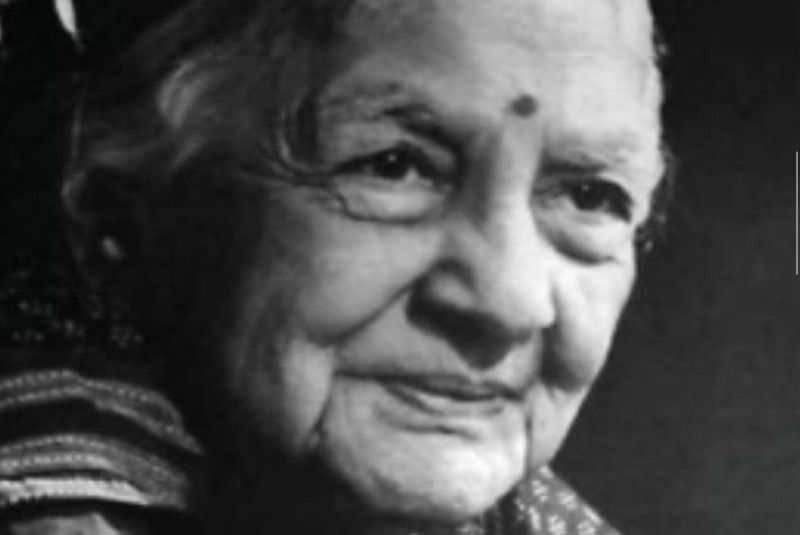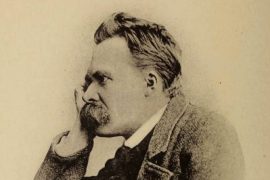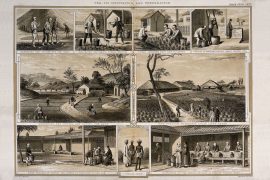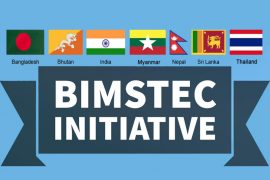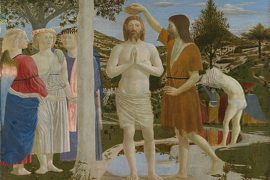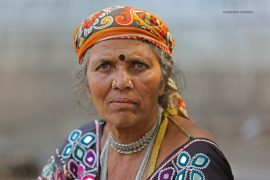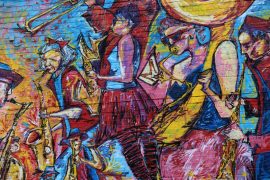India achieved independence in 1947. While there were celebrations in one region, other regions were riot-stricken. Partition is a heartbreakingly painful memory for all those who lost someone or something of theirs. Homes were plundered, families were lost, and the wounds of Partition have not healed to date. However, one intriguing aspect of history remains, albeit relatively unknown: a group of refugees from Pakistan built a city from scratch.
The city of Faridabad, located on the outskirts of Delhi, was once a mere stretch of wasteland. Founded in 1607, Faridabad was named after its founder, Shaikh Farid, who served as the treasurer of the Mughal emperor, Jahangir. Initially, the city was built with a specific purpose: to protect the road between Delhi and Agra. However, with the fall of the Mughal empire, it fell into ruins, and not much of a ‘city’ was left. However, after the blood-soaked Partition of India and Pakistan, life sparked again in Faridabad.
Copyright©Madras Courier, All Rights Reserved. You may share using our article tools. Please don't cut articles from madrascourier.com and redistribute by email, post to the web, mobile phone or social media.Please send in your feed back and comments to [email protected]

